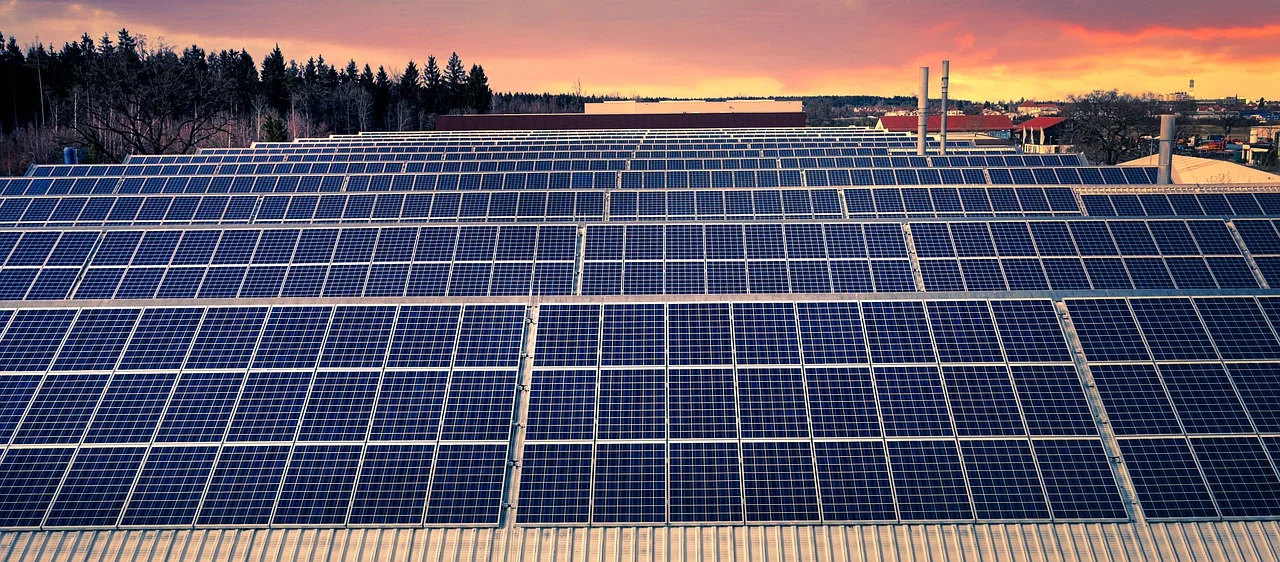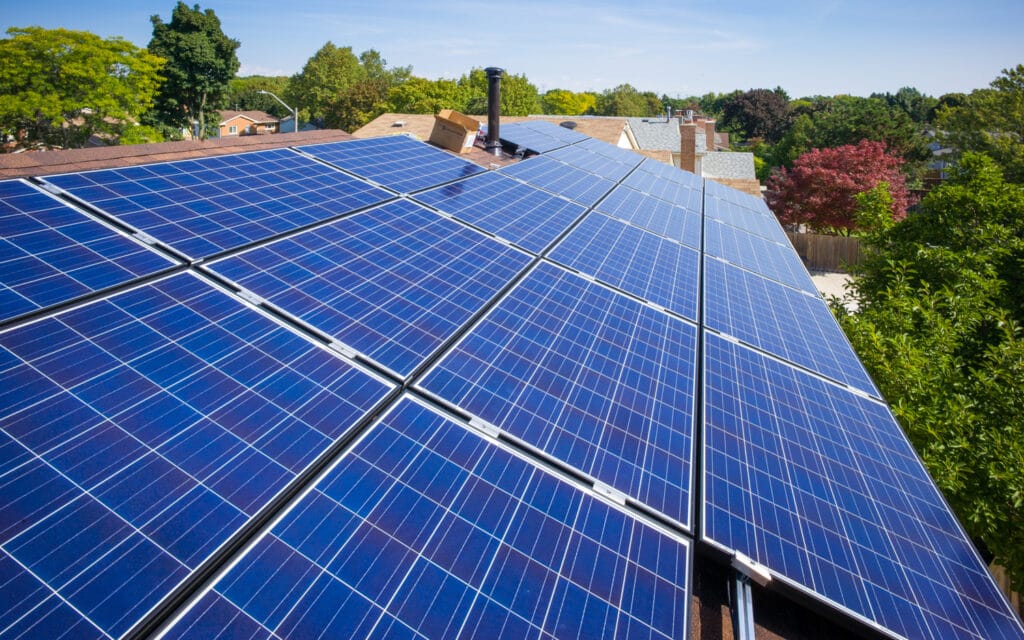
About Solar Technology
Simply
put, solar is the most abundant source of energy on Earth. About 173,000
terawatts of solar energy strike the Earth at any given time – more than 10,000
times the world’s total energy needs.
By
capturing the sun’s energy and turning it into electricity for your home
or business, solar energy is a key solution in combating the current
climate crisis and reducing our dependence on fossil fuels.
How Does Solar Energy Work
Our sun
is a natural nuclear reactor. It releases tiny packets of energy called
photons, which travel the 93 million miles from the sun to Earth in about 8.5
minutes. Every hour, enough photons impact our planet to generate enough solar
energy to theoretically satisfy global energy needs for an entire year.
Currently photovoltaic power accounts for only five-tenths of one percent of the energy consumed in the United States. But solar technology is improving and the cost of going solar is dropping rapidly, so our ability to harness the sun’s abundance of energy is on the rise.
How Does Weather Affect Solar Energy
Weather conditions can impact the amount of electricity a solar system produces, but not exactly in the way you might think.
Perfect conditions for producing solar energy include a clear sunny day, of course. But like most electronics, solar panels are actually more efficient in cold weather than warm weather. This allows the panel to produce more electricity in the same amount of time. As the temperature rises, the panel generates less voltage and produces less electricity.
But even though solar panels are more efficient in cold weather, they don’t necessarily produce more electricity in the winter than in summer. Sunnier weather often occurs in the warmer summer months. In addition to fewer clouds, the sun is usually out for more of the day. So even though your panels may be less efficient in warm weather, they’ll still likely produce more electricity in summer than in winter.
How Do Solar Panels Work?
How So Solar Panels Generate Electricity
When photons hit a solar cell, they knock electrons loose from their atoms. If conductors are attached to the positive and negative sides of a cell, it forms an electrical circuit. When electrons flow through such a circuit, they generate electricity. Multiple cells make up a solar panel, and multiple panels (modules) can be wired together to form a solar array. The more panels you can deploy, the more energy you can expect to generate.

PV solar panels generate direct current (DC) electricity. With DC electricity, electrons flow in one direction around a circuit. This example shows a battery powering a light bulb. The electrons move from the negative side of the battery, through the lamp, and return to the positive side of the battery.
With AC (alternating current) electricity, electrons are pushed and pulled, periodically reversing direction, much like the cylinder of a car’s engine. Generators create AC electricity when a coil of wire is spun next to a magnet. Many different energy sources can “turn the handle” of this generator, such as gas or diesel fuel, hydroelectricity, nuclear, coal, wind, or solar.
AC electricity was chosen for the U.S. electrical power grid, primarily because it is less expensive to transmit over long distances. However, solar panels create DC electricity. How do we get DC electricity into the AC grid? We use an inverter.
